Harassment Complaint Letter Template for Effective Communication
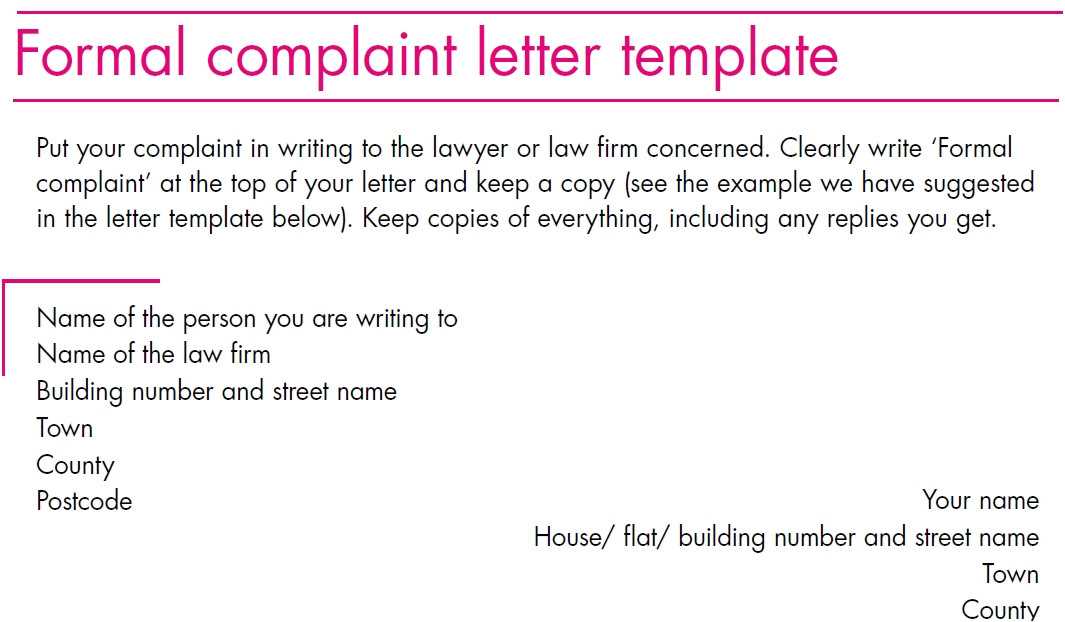
Dealing with inappropriate conduct in a professional environment requires a careful and structured approach. When faced with unwanted actions that affect your well-being, it’s essential to express your concerns clearly and formally to ensure they are taken seriously. An effective written communication can serve as a key step in resolving the issue while protecting your rights and dignity.
By organizing your message in a logical and concise manner, you can ensure that the recipient understands the situation and the impact it has had on you. It’s important to focus on providing relevant details without overloading the communication with unnecessary emotions or details. Clear, direct statements help to keep the focus on the behavior and the desired outcome.
Remember, the aim is not only to address the issue but also to prevent future occurrences. A well-crafted communication can set the stage for a constructive dialogue or further action, fostering a respectful work environment for all involved.
Understanding Inappropriate Behavior and Its Impact
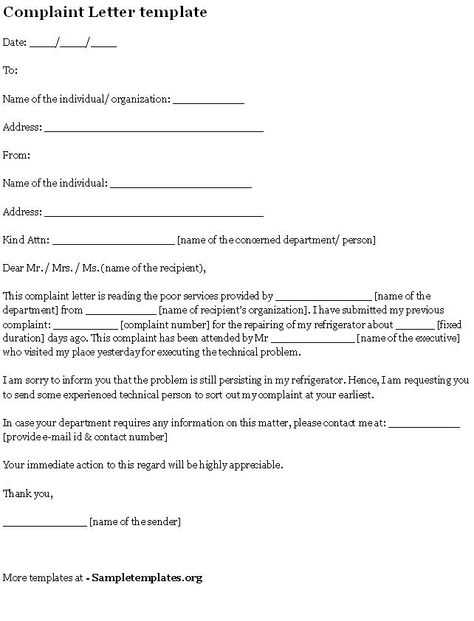
Unwanted actions that create a hostile environment can have a significant emotional and professional toll. When individuals experience such treatment, it affects their ability to perform at work, causing distress and reducing overall job satisfaction. Understanding these issues is the first step toward addressing them effectively and ensuring a respectful atmosphere.
The Emotional Consequences
People subjected to negative conduct often experience feelings of anxiety, fear, and a lack of confidence. These emotional consequences can extend beyond the workplace, influencing personal relationships and general well-being. The strain from ongoing discomfort can lead to burnout or a decline in mental health.
The Professional Impact
Professionally, the effects of such actions can hinder productivity, creativity, and collaboration. A workplace affected by negative behavior suffers from decreased morale and engagement, which can ultimately lead to higher turnover rates and a toxic environment. Addressing the issue early is crucial to maintaining a positive, productive team dynamic.
How to Structure a Formal Statement
When addressing an issue in a professional setting, it is crucial to organize your communication in a way that is clear, direct, and respectful. Structuring your message properly ensures that your concerns are understood and taken seriously by the recipient. This approach helps facilitate a resolution and maintains a professional tone throughout.
Key Elements of an Effective Statement
In order to communicate your concerns effectively, consider including the following key components:
- Introduction: Clearly state the purpose of your communication and briefly describe the situation that needs attention.
- Details of the Incident: Provide specific information about the events, including dates, times, and individuals involved.
- Impact: Explain how the actions have affected you, both personally and professionally.
- Desired Outcome: Be clear about the resolution you are seeking or the actions you would like to be taken.
- Conclusion: End your message with a polite request for a response or an invitation for further discussion.
Maintaining a Professional Tone
It is important to remain calm and objective when outlining the situation. Avoid overly emotional language, and instead, focus on the facts and the impact of the behavior. Keeping the tone respectful ensures that the message remains focused on resolving the issue rather than escalating tensions.
Key Elements of an Effective Message
To ensure your concerns are communicated clearly and professionally, it is essential to focus on several key elements when drafting your message. A well-organized and detailed communication will help convey the seriousness of the situation while maintaining a respectful and professional tone. Each section of the message should serve a specific purpose to maximize its impact and clarity.
Clear and Concise Introduction
The introduction should immediately identify the reason for writing. Begin by outlining the specific behavior or situation that prompted your communication, providing enough context for the recipient to understand the issue at hand. Make sure your tone remains respectful while directly addressing the situation.
Providing Specific Details
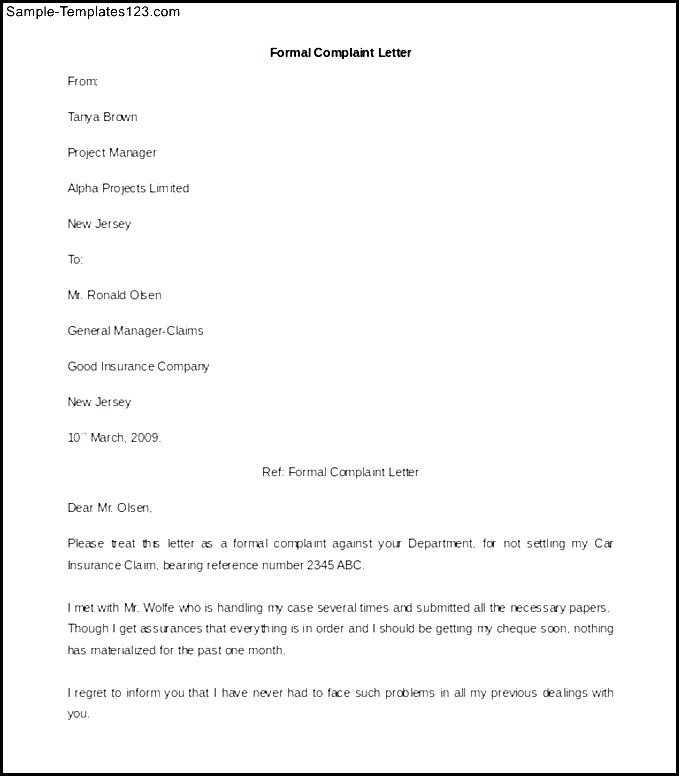
Including relevant details is crucial to support your concerns. Specify dates, locations, individuals involved, and any actions that took place. Being factual and precise helps to avoid misunderstandings and ensures that the recipient can accurately assess the situation and take appropriate action.
Expressing the Desired Outcome
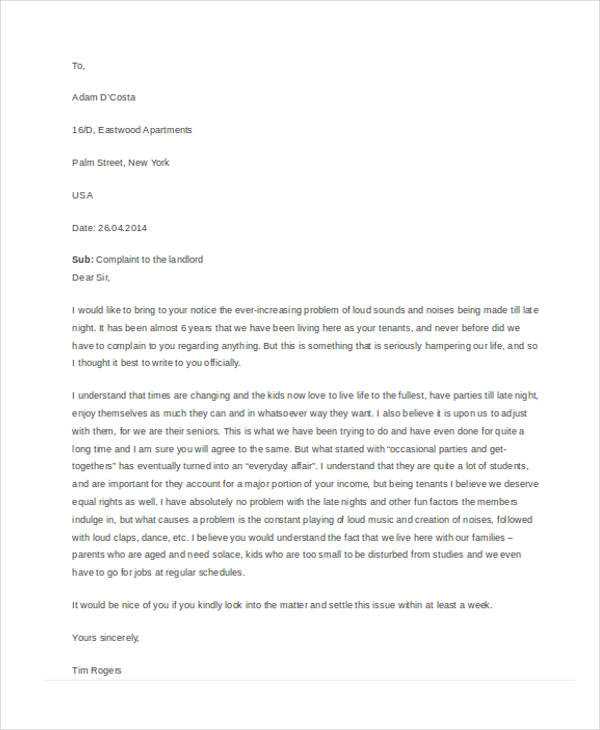
Conclude by clearly stating the outcome you hope to achieve. Whether you are seeking a change in behavior, a formal investigation, or a meeting to discuss the matter, specifying your expectations will guide the next steps and demonstrate your commitment to resolving the situation in a constructive manner.
Common Mistakes to Avoid in Formal Statements
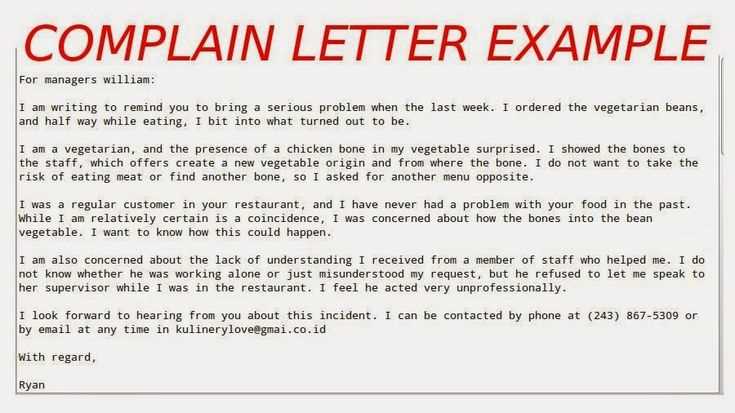
When expressing concerns in a formal setting, it’s easy to make mistakes that could undermine your message or delay resolution. Ensuring your communication is clear, professional, and focused on the issue at hand is key to achieving a positive outcome. Avoiding these common pitfalls will help you maintain a constructive and effective approach.
| Mistake | Impact | How to Avoid |
|---|---|---|
| Being overly emotional or accusatory | Can escalate tensions and hinder resolution | Stick to the facts and maintain a neutral tone |
| Vague or unclear details | May lead to misunderstandings or confusion | Provide specific information such as dates, times, and involved parties |
| Failing to state desired outcomes | Leaves the recipient unsure of how to proceed | Clearly state what action or change you are seeking |
| Exaggerating or including irrelevant information | Weakens the credibility of the message | Focus only on what is relevant to the situation |
By avoiding these common mistakes, your communication will remain professional, clear, and more likely to lead to a positive resolution. Keep your focus on addressing the issue constructively, with a view to maintaining a respectful and effective environment for all parties involved.
Legal Considerations When Filing a Formal Statement
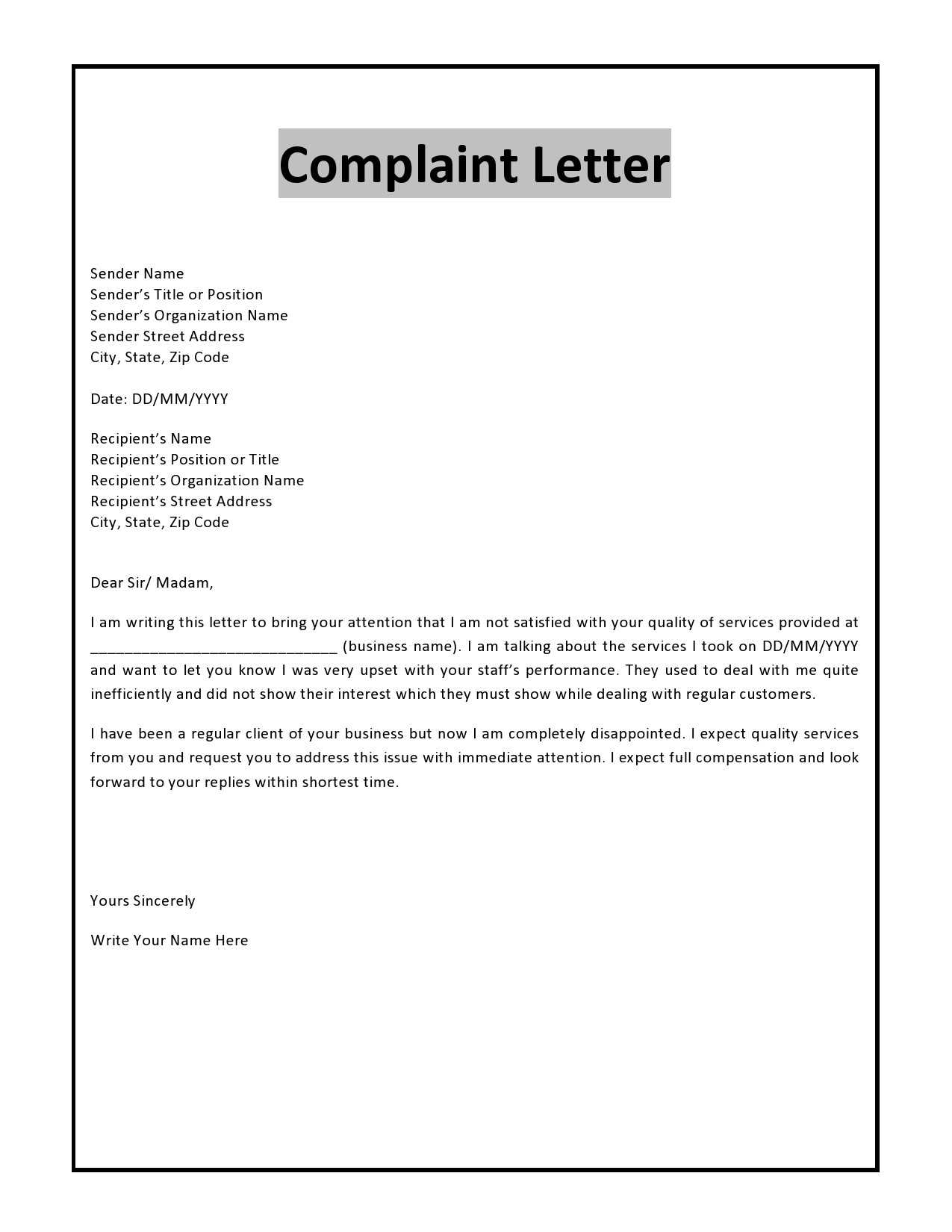
Before taking formal action in response to a challenging situation, it is essential to understand the legal implications of your communication. Knowing your rights and obligations helps ensure that your actions are legally sound and that you protect yourself while addressing the issue effectively. This section outlines the critical legal factors to consider when drafting and submitting a formal request or report.
Know Your Rights
- Right to a Safe Environment: Employees are entitled to a work environment free from disruptive or harmful conduct. Understanding this right can empower you to take appropriate action if necessary.
- Protection from Retaliation: Legislation protects individuals who report wrongdoing from any form of retaliation. Knowing this ensures you can take action without fear of reprisal.
- Confidentiality: Any sensitive information shared should be handled with confidentiality. Ensure that the recipient of your statement understands their responsibility to protect your privacy.
Prepare for Possible Outcomes
- Investigation Process: Be aware that formal reports may trigger an investigation. Prepare for this process by ensuring you have clear and concise documentation of the situation.
- Potential Legal Action: Understand that unresolved issues could lead to further legal action. Knowing what steps to take and when can help you navigate potential legal proceedings.
- Consult Legal Advice: If you are uncertain about any aspect of the situation, seeking advice from a legal professional ensures you are fully informed about your rights and obligations.
By being aware of these legal factors, you can approach the situation with confidence and take the necessary steps to resolve the issue while safeguarding your interests and adhering to the law.
How to Follow Up After Submission
Once you have submitted your formal statement, it’s important to remain proactive in ensuring that the matter is addressed in a timely and appropriate manner. Following up effectively helps keep the process on track and shows your commitment to resolving the issue. It also provides you with updates and allows you to clarify any potential misunderstandings.
Be Patient, But Persistent
After submission, give the recipient a reasonable amount of time to process the information. However, if you do not hear back within the expected timeframe, don’t hesitate to follow up. Politely inquire about the status of your submission and ask for clarification if necessary. It’s important to remain courteous and professional in all your communications.
Maintain Clear Communication
When following up, make sure to provide any necessary reference numbers or details to help the recipient quickly locate your submission. Be clear about your expectations for the next steps, and reiterate any important points that may require attention. If possible, request a specific timeline for when you can expect further action or response.
Keep Records
Document all follow-up communications. Keep copies of emails, letters, or other correspondence for your records. This ensures that you have a clear record of your actions and provides evidence in case further escalation is needed.